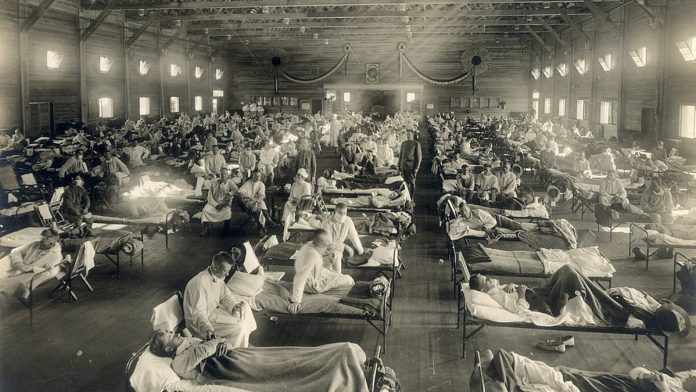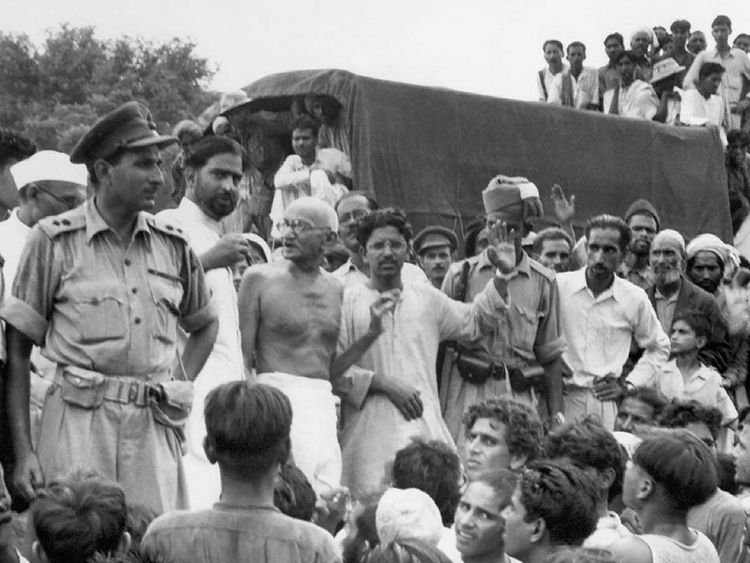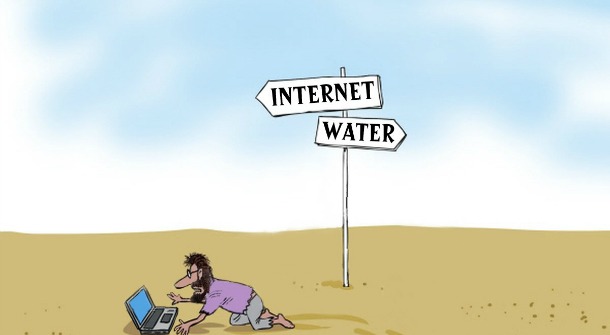
We are finding ourselves at a time when it feels like there is no greater challenge before the global community today as is the one posed by the COVID-19. The COVID-19 has indeed ballooned into a global health crisis and its parallels are being drawn to the Spanish Flu. The Spanish Influenza has been considered the worst pandemic in recent history as it claimed over 20-50 million lives.
About a century ago, India was hit by a massive pandemic that claimed the lives of over 10-20 million people. The disease had impacted India on two levels. In its initial phase which was much milder, came in 1918. The disease as it was found out later, was brought to the country by soldiers returning home after the World War 1.

The disease spread like wildfire and took many innocent lives into its ambit. A study published in 2014 estimated that the disease led to a great degree of severity, speed and duration as it evolved and defused into various parts of the country.
The flu that hit India in 1918, led to the closure of workshops and industrial units in cities as workers refused to attend work. Clerical staff began to take leave on a mass scale as the flu multiplied its adverse implications in a very short period of time. The first cases of the flu began showing up in Bombay but later it spread to all other parts of the country.
The healthcare system found itself at a complete deadlock and broke down completely.
Indeed India has many lessons that it can learn fro its experience of the Spanish Flu of 1918. Although there are many differences between the context then and now, we can still learn a lot about how we as a nation can cope with this health pandemic this time.
While it is true that we are no longer ruled by a colonial government, the coronavirus is much different from the Spanish Flu of 1918 although they may lead to similar symptoms, also much of what is called ‘modern medicine’ didn’t exist at that time- these are very important factors that set apart 1918 and 2020, but even then there are certain commonalities that we have to address.
India was adversely impacted then, India may be among the worst hit today
Yes, the historic context and the level of preparedness must have been altered drastically but even then there are high chances that our country can be among the worst hit by the COVID-19. The spread of the Spanish Flu in 1918 and the spread of COVID-19 in 2020, are both reminders of what can happen if a virulent pandemic comes to an unprepared nation.
The thing with pandemics is that they can effectively go out of control. In 1918, it just took a couple of months for the Spanish Flu t0 claim 10-20 million lives in India. Dead bodies along the ghats of the Ganga had piled up to such a degree that there was a severe shortage of wood. Prominent citizens from Mahatma Gandhi and writer Munshi Premchand are also known to have fallen sick due to the flu before recovering completely.

Image Credit: AFP
The Spanish flu had also impacted the Indian economy to a great extent, in the last 120 years of recorded economic history in India, 1918 was the worst. This year was surely one of the worst as far as the Indian economy was concerned.
While today, the rate of spread of the disease will depend on how effective India’s containment measures are, there is no doubt that as the infection reaches out to more and more people it would drastically slowdown the economy.
If 1918, is so far the worst case scenario in the country, it is important to know if India is prepared for a pandemic that awaits at its doorstep? It is important that we learn some important lesson from the pandemic of 1918 and organise our preventive and curtailment measures to reduce its adverse implications.
Globally, the influenza pandemic had killed more people in a year than what the Black Death of the Middle Ages killed in a century.
The disease first spread in crowded conditions in an era when trench warfare was the norm.
The infection impacted military camps throughout the world. The countries participating in the First World War kept it a secret to keep the morale of the soldiers high but gradually it could no longer be controlled.
Spain, which was not a part of the war reported the outbreak of the disease effectively. Thus when the disease became a pandemic, people thought that it had emerged in Spain and thus called it Spanish Flu.
The Spanish Flu had claimed over 50 million lives globally, with nearly half of the victims being young men and women.
The deaths were deadly. The victims coughed blood, they bled from their ears and noses and had sore bodies. While in its initial stages, the old and weak suffered while the young recovered. In its second phase, it impacted even the healthier population in a violent manner. Control efforts were limited to isolation, quarantine, personal hygiene and limiting public gatherings. No medications and vaccinations were available. Similar steps are now being adopted to protect people from the COVID-19 pandemic.
A few lessons for the contemporary times
The fine line between panic and preparedness seems to be fast disappearing as fear mongering and anxiety is growing among the people. It is the need of the hour to launch a staunch ban on large scale public gatherings and lead a massive awareness campaign on basic hygiene and social protection. We also need to understand that we must work on our health infrastructure and concentrate on measures for controlling and containing the spread of this virus.
All our efforts must be for effective public health. It is high time we enhance our control mechanism and take necessary steps to protect Indian citizens from this global health emergency. Moreover, effective testing of suspected patients must be made more effective. Identification and effective location of cases must be carried out more efficiently.
It will remain to be seen how the upcoming days play out and what they bring for India.
The COVID-19 is indeed capable of bringing equivalent destructive implications like the Spanish Flu of 1918.
The COVID-19 demands that our public health system is not only strengthened but also made more effective and stringent. It is time to work on medical research and look for vaccines and other important measures to counter the massive implications of a pandemic like the COVID-19. But are we prepared enough?
Wasim Mirza is a The New Leam Staff Writer.












